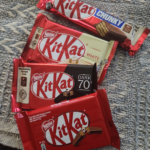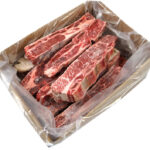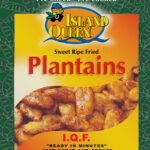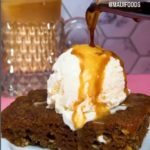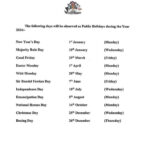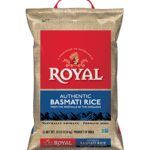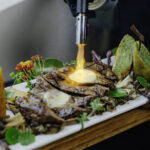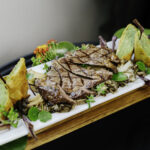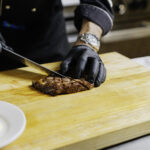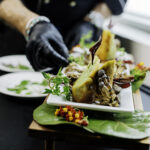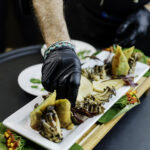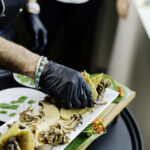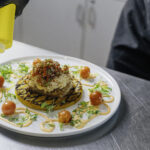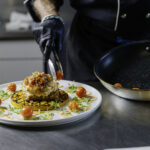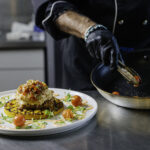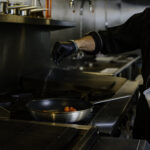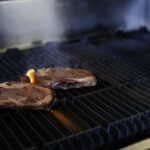The Bahamian market is used to the rich flavour of New Zealand lamb. However, today’s market includes lamb meat from New Zealand, Australia and the USA. What is the difference between these products, and which one is right for you?
- SIZE: American lambs are bigger in size. In addition to coming from a larger animal, the US animal is due to being partially grain fed before slaughter and also New Zealand lambs are slaughtered earlier. NZ law requires slaughter by age 1 year to be labelled “lamb”, while US has no related law.
- FEED: NZ lambs usually live outdoors and eat natural grass. American lambs start off grass-fed but are put on grain to increase fat marbling and size before slaughter.
- TASTE: NZ lamb has the distinctive “lamb” flavour described as more “gamey” than the more delicately flavoured US lamb.
- COLOUR: American lamb is darker in colour and has more fat marbling than NZ lamb.
- LEANNESS: NZ lamb usually has less fat than American lamb.
The international market also sells Australian lamb which is very similar to New Zealand lamb. Other markets sell locally produced lamb, and Ireland, France and Iceland are known for producing very tender, tasty lamb.
 ABOUT ROSEN LAMB
ABOUT ROSEN LAMB
Mountain State Rosen Lamb comes from a co-op family of ranchers, primarily in the western United States, with generations of experience and an unwavering commitment to sustainable agriculture and animal care. Read more about Rosen Lamb
NUTRITIONAL FACTS: A 3 oz serving of lamb has only 175 calories and is high in protein, vitamin B12, niacin, zinc and selenium and a good source of iron and riboflavin.
DOWNLOADS: PDF files you can view to get more info on American Lamb
- Nutrient_Content_of_Lamb
- Lamb_in_the US_Diet – nutritional and other info


Related articles
 Serving up Scotch Lamb: eating and cooking at the Scotch Lamb Street Food Festival
Serving up Scotch Lamb: eating and cooking at the Scotch Lamb Street Food Festival Beef and Lamb critical of US report
Beef and Lamb critical of US report Food | Chef Walter’s Flavors + Knowledge: Easter Roasted Leg of Lamb
Food | Chef Walter’s Flavors + Knowledge: Easter Roasted Leg of Lamb grilled lamb with pomegranate and balsamic
grilled lamb with pomegranate and balsamic Knife Skills: How to Clean and French a Lamb Rack
Knife Skills: How to Clean and French a Lamb Rack Easter lamb: Should you buy NZ lamb?
Easter lamb: Should you buy NZ lamb? Brown fat ‘key’ to lamb survival
Brown fat ‘key’ to lamb survival



